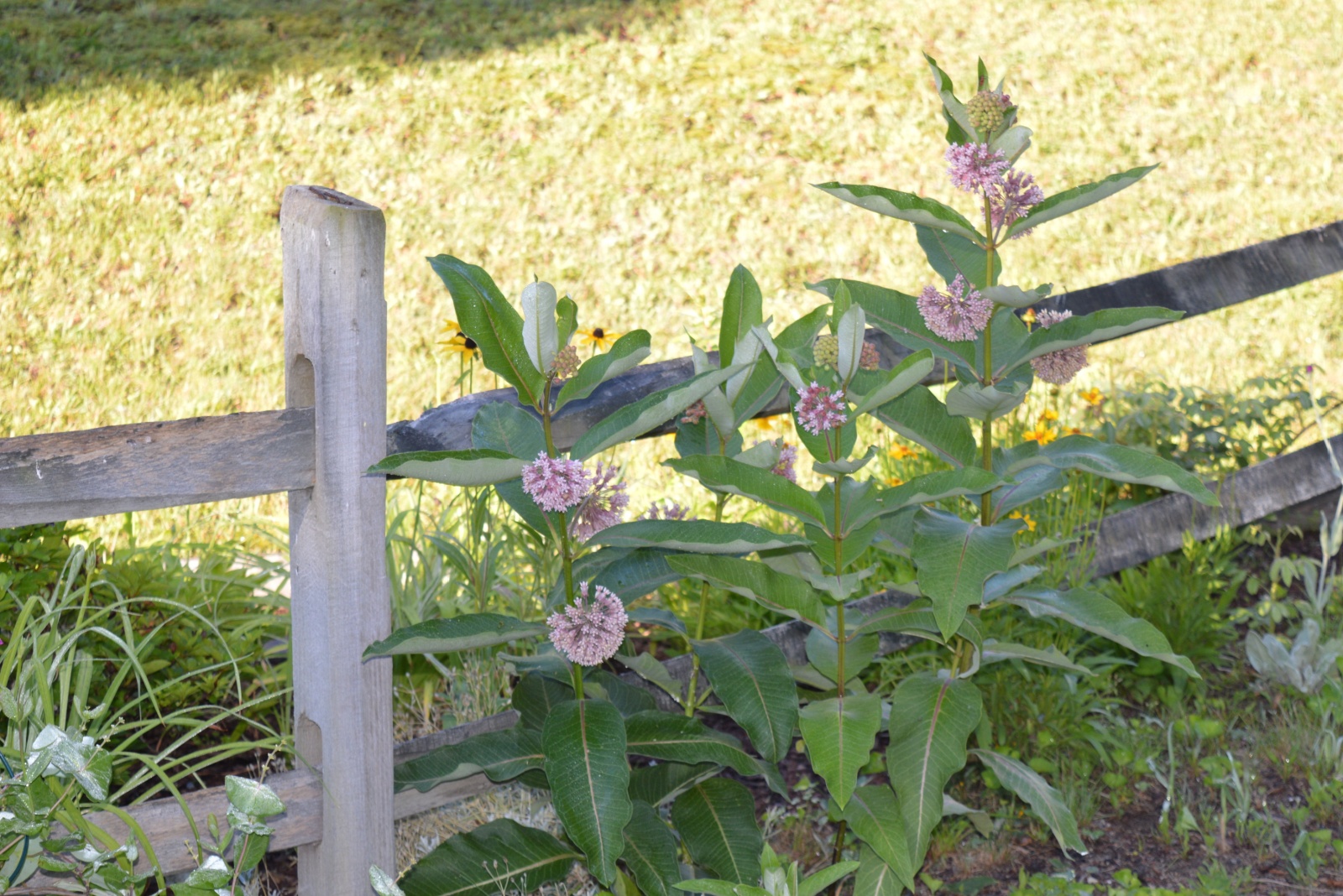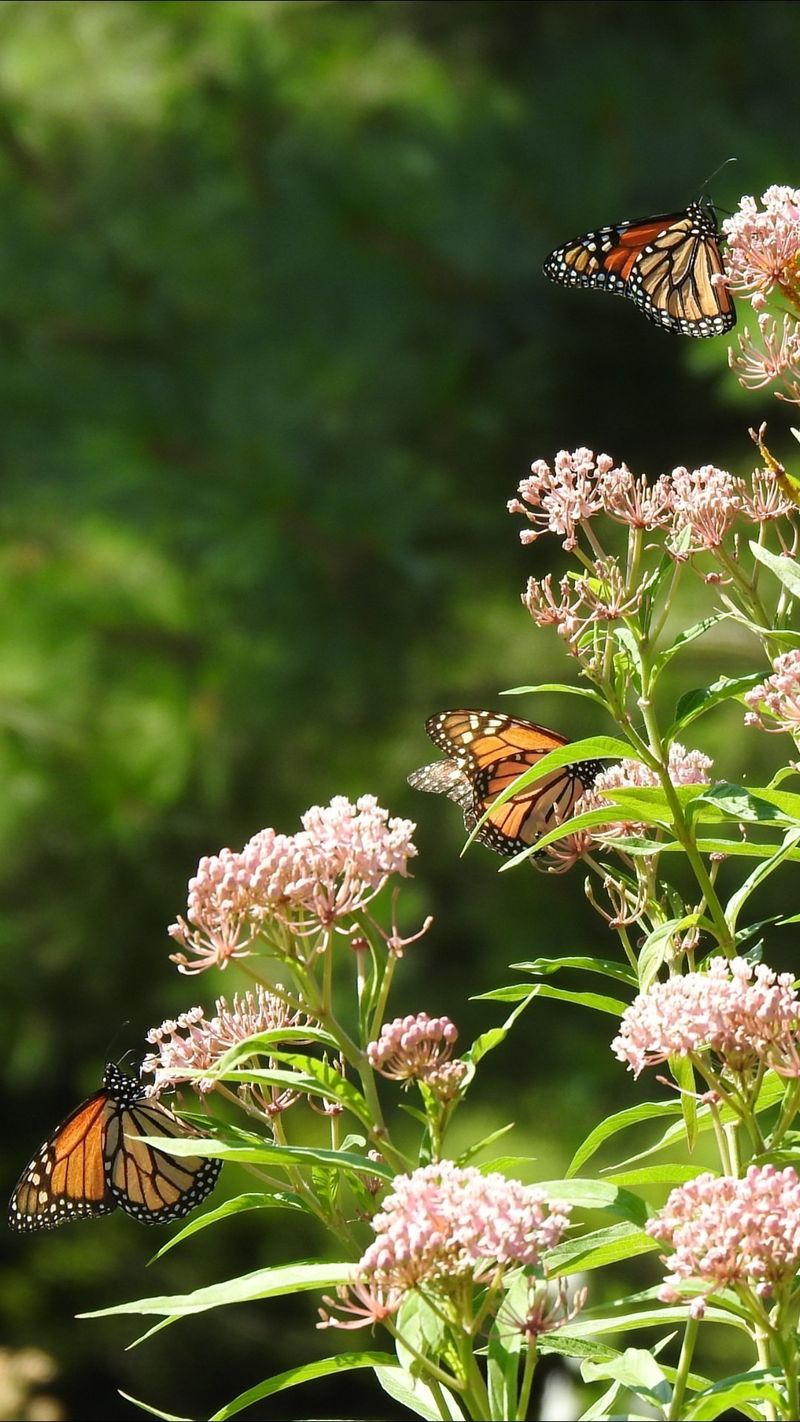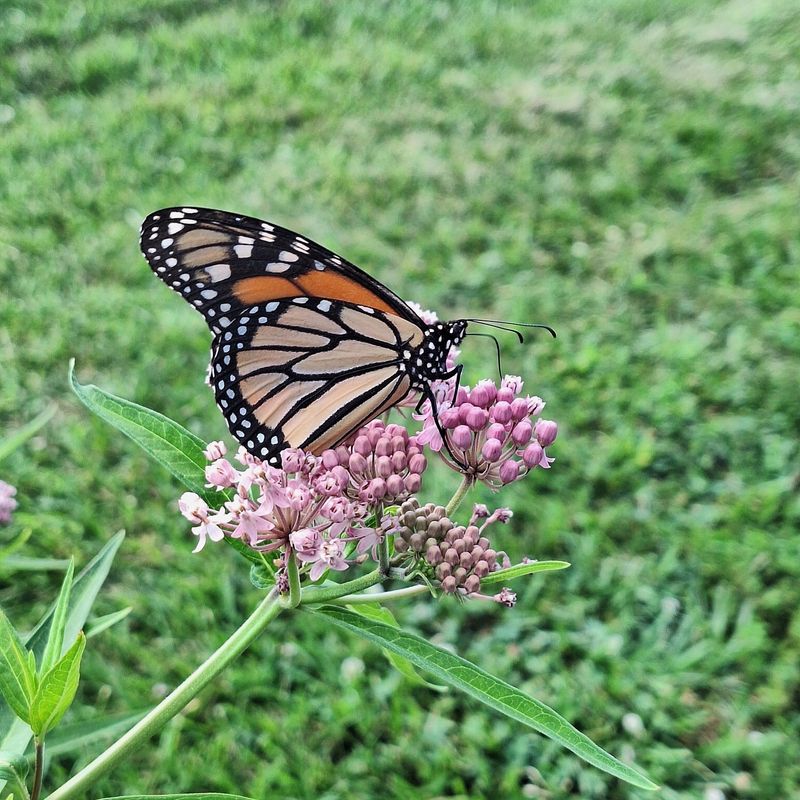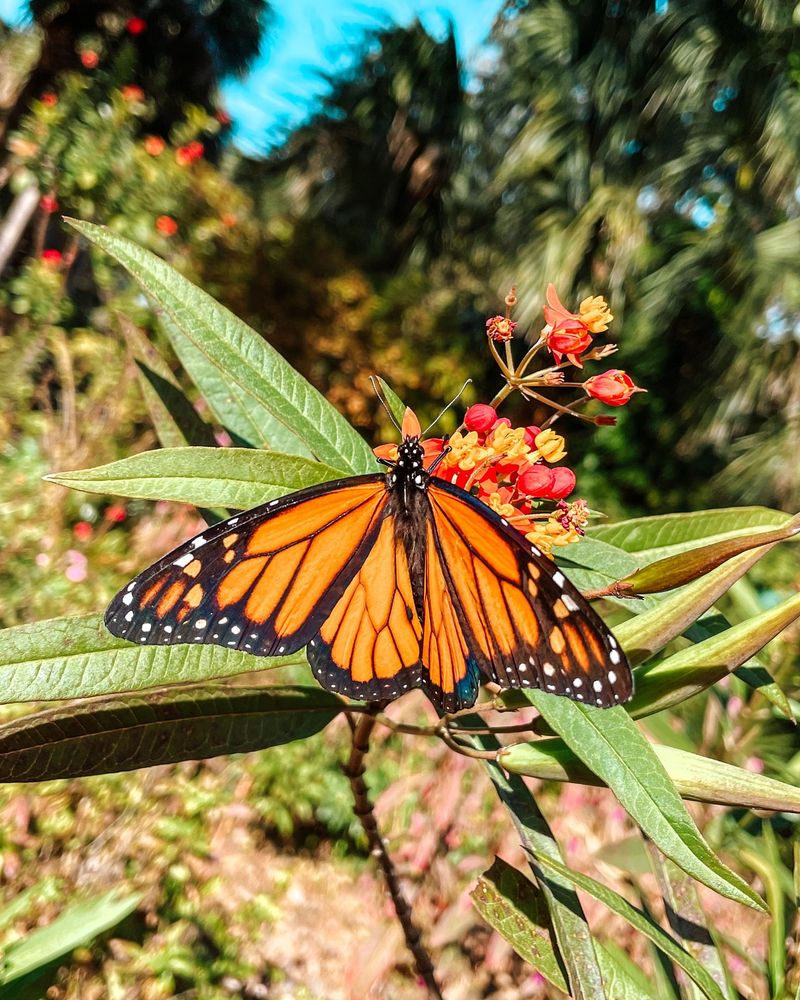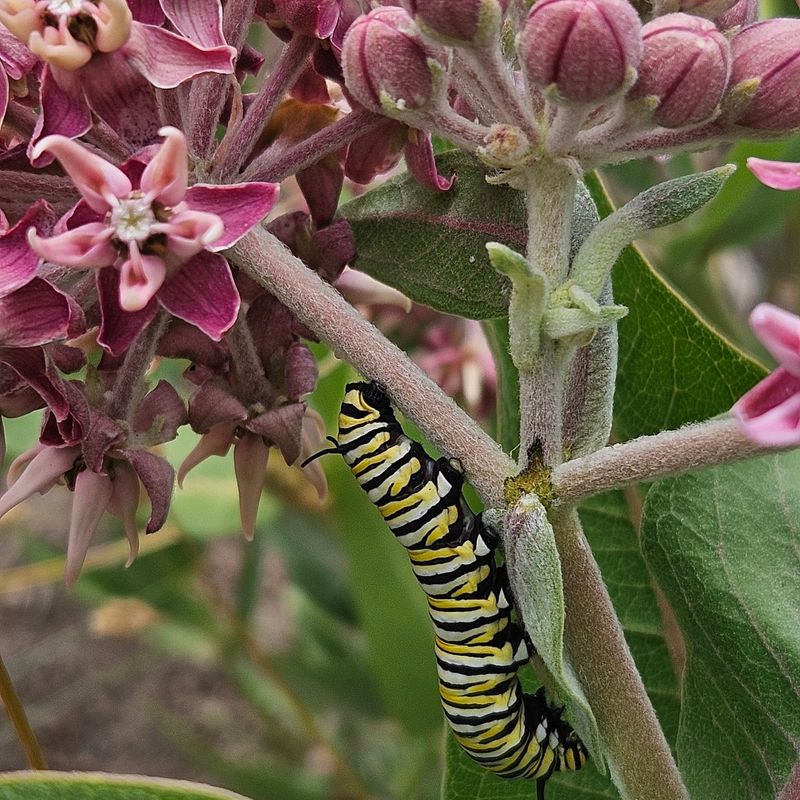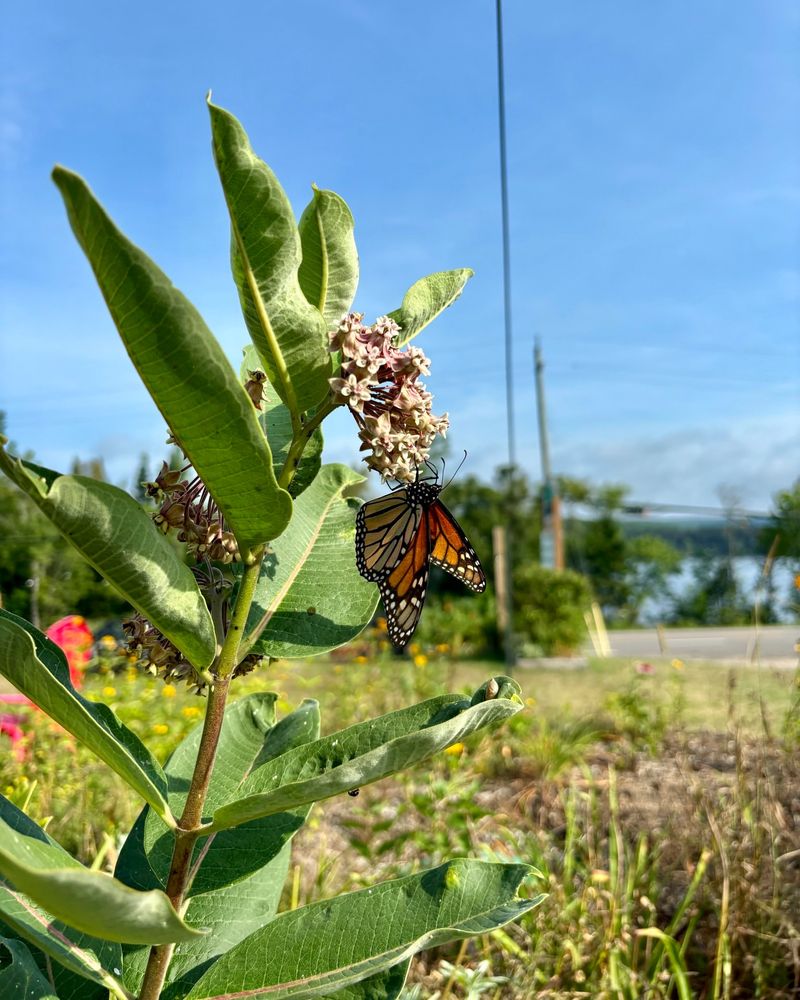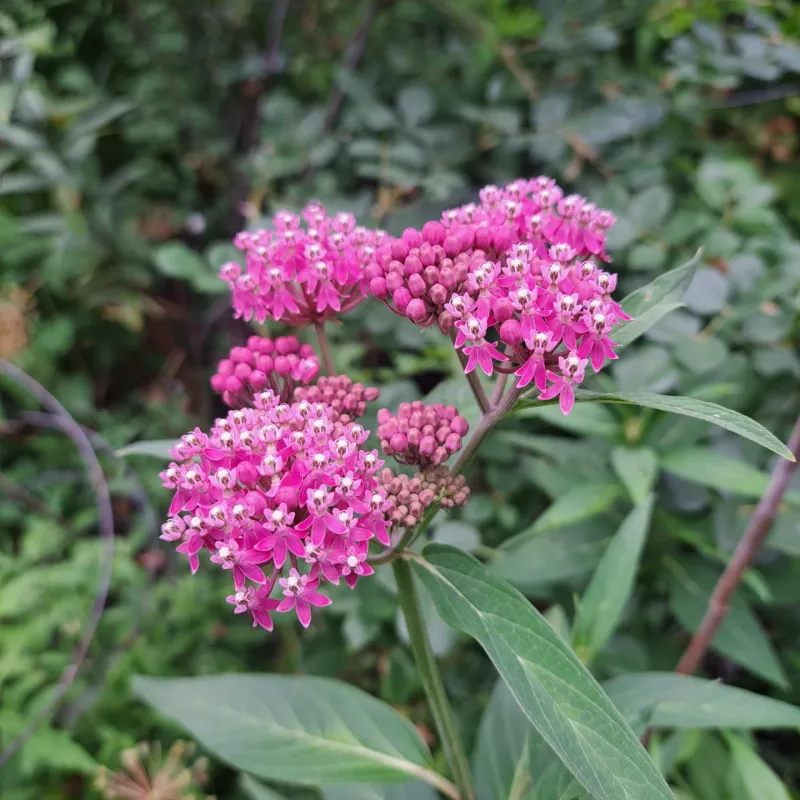Monarch butterflies need our help now more than ever. Their numbers have dropped by nearly 90% in recent years, putting these beautiful orange and black insects at risk.
Charlotte gardeners are fighting back by planting milkweed living fences – natural barriers that double as butterfly superhighways and nurseries.
1. Natural Garden Boundaries With Purpose
Milkweed creates beautiful living fences that mark property lines while serving wildlife. Unlike wooden fences that just sit there, these green barriers buzz with life and purpose.
Charlotte gardeners love how the tall, sturdy stems grow 3-5 feet high, forming natural screens that provide privacy without blocking views completely. The bonus? You’re helping monarchs while defining your outdoor space.
2. Monarch Butterfly Survival Depends On It
Monarch caterpillars eat only milkweed leaves – nothing else will do. Without this specific plant, baby monarchs simply starve. Many Charlotte neighborhoods have lost wild milkweed to development and landscaping.
By planting a fence-line of these native plants, local gardeners provide crucial habitat that helps monarchs complete their life cycle right in our backyards.
3. Support For The Epic Migration Journey
Ever wonder how tiny butterflies fly thousands of miles to Mexico each fall? Milkweed fences act as pit stops on this incredible journey. Charlotte sits along the eastern monarch migration route. Adult butterflies need nectar to fuel their long-distance travel, and milkweed flowers provide exactly that.
By creating these living fences, gardeners essentially build butterfly refueling stations that help monarchs complete their amazing migration.
4. Protection From Harmful Chemicals
Milkweed plants contain compounds that make monarchs taste terrible to birds. When caterpillars munch these leaves, they become naturally protected from predators. Charlotte gardeners plant milkweed fences as safe zones where butterflies can develop without exposure to pesticides.
The plants create a chemical-free corridor through neighborhoods, giving monarchs a fighting chance in our human-dominated landscape.
5. Community Connection Through Conservation
Milkweed fences start conversations! Neighbors notice these unusual plants with their distinctive seed pods and colorful butterfly visitors. Charlotte gardening groups organize milkweed sharing events where enthusiasts swap cuttings and seeds.
These living fences become visible symbols of conservation that spread awareness through neighborhoods. Many gardeners report making new friends simply because someone stopped to ask about their unusual fence line.
6. Year-Round Visual Interest In The Landscape
Milkweed doesn’t just disappear after summer. The plant’s lifecycle offers something to see every season. Spring brings fresh green shoots. Summer delivers clusters of star-shaped pink or white flowers that smell like honey.
Fall showcases the fascinating seed pods that split open dramatically. Even winter has its charm – the dried stalks create artistic silhouettes against Charlotte’s mild winter landscape.
7. Easy Care For Busy Charlotte Lifestyles
Once established, milkweed practically takes care of itself. Native varieties evolved to thrive in Charlotte’s climate without special attention. No need for fertilizers or constant watering once plants settle in. They handle our hot summers and bounce back year after year.
Many gardeners report their milkweed fences expand naturally through self-seeding, creating larger monarch habitats with zero extra work.

